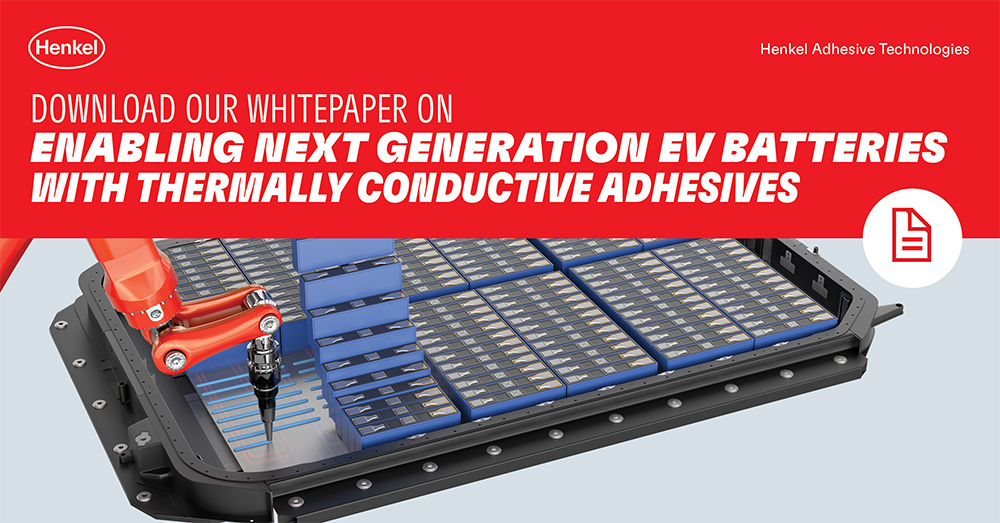With the rapid growth and adoption of electric vehicles, OEMs and battery manufacturers are turning to technology to make EVs more efficient and affordable. Engineers, seeking ways to optimize the battery and its components for long range, safety, and reliability, are turning to the “Cell-to-Pack” configuration for next-generation battery designs.
Most of today’s EV battery packs are built in a Cell-to-Module configuration where groups of battery cells are housed in modules that are stacked and interconnected within a case that provides structural support and thermal management. In the new Cell-to-Pack configuration, modules are eliminated, and the battery is packed with cells placed directly on the cooling plate / metal case. This configuration simplifies the assembly, enabling a reduction in cost, weight, and complexity. However, it also brings a new set of requirements in terms of assembly materials.
In this paper, we explore trends in future electric vehicle (EV) battery design with a focus on the cell-to-pack configuration and how Thermally Conductive Adhesives (TCAs) play an important multi-function role in enabling optimal battery operation. Moreover, we discuss the ecosystem of technologies around the development of TCA materials, such as thermal, mechanical and rheology, characteristics, performance modeling and simulation, material application technologies and the importance of addressing end-of-life (EOL) issues of EV batteries by building a sustainable circular economy for recovery, reuse, and repurposing of raw materials.
Learn more about Henkel’s E-Mobility solutions: www.henkel-adhesives.com/emobility
